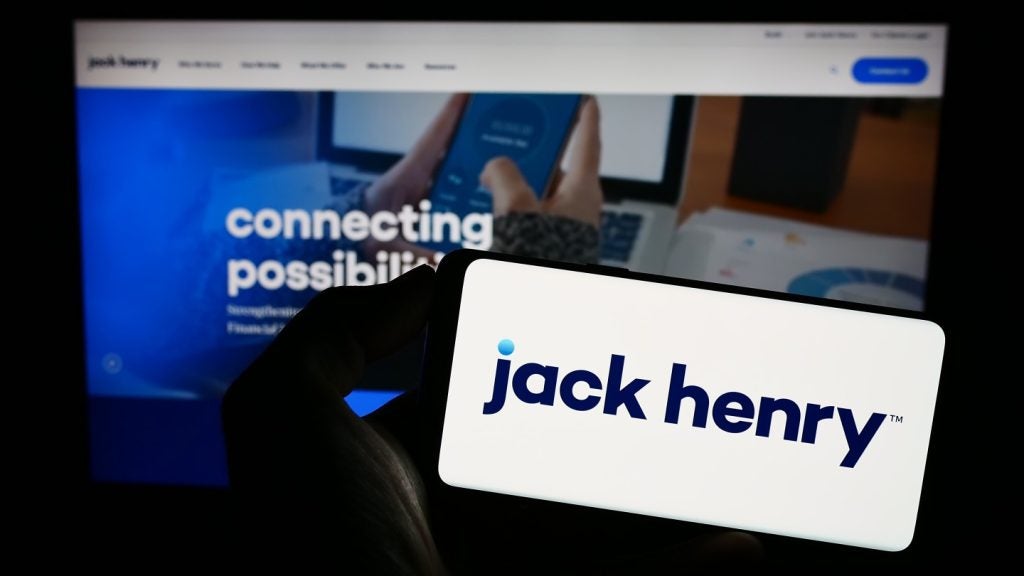For years we’ve heard Gen Z is the future, but this is no longer the case. Gen Z is now the present — they’re graduating from college and beginning their adult lives. And they are unlike any other generation the financial sector has serviced, as they’re even more likely to feel stressed, anxious, and overwhelmed by their financial situation, and favour debit over credit.
To understand Gen Z, we must look at the events that took place as they grew up: the first iPhone released in 2007, the housing crisis and the recession in 2008, and owning a personal computer to join the internet at a young age. Data breaches, scams, and spam communications became the new normal during that time, too, with many Gen Zs seeing or experiencing the consequences of these digital attacks and impacting their trust.
Today’s financial sector faces a digitally fluent generation with high expectations when it comes to data safety, trust, and customer support. They prefer text messages, but they might also visit bank branches or pick up the phone if need be for “peace of mind.” Ultimately, they need their financial institutions to protect them and meet their needs for service and support.
How can institutions meet these incoming needs? Let’s review some valuable strategies for building trust, enhancing personalised service, and serving Gen Z via channels they’re comfortable using.
Offering personal preferences and honouring them
From the first moment financial institutions engage with Gen Z customers, they must prioritise gaining their trust by offering communication preferences. If someone opts out of receiving phone calls, they might distrust a business if they receive another call. Remembering, honouring, and continuously updating their preferences is key to maintaining their trust, and their loyalty.
This also goes hand-in-hand with their data usage options, which mobile applications and websites usually ask for in the form of cookies. Whether they want their data used for personalisation options is another story.
How well do you really know your competitors?
Access the most comprehensive Company Profiles on the market, powered by GlobalData. Save hours of research. Gain competitive edge.

Thank you!
Your download email will arrive shortly
Not ready to buy yet? Download a free sample
We are confident about the unique quality of our Company Profiles. However, we want you to make the most beneficial decision for your business, so we offer a free sample that you can download by submitting the below form
By GlobalDataSo, financial institutions must make sure that their omnichannel service is able to save and track these demands and use them for future interactions, otherwise, customers won’t feel heard and cared for.
Personalising interactions and support
Financial institutions store and regularly access the most personal data about their customers, and there are plenty of ways they use this data to offer personalised communications and services. But Gen Z is highly sensitive to protecting this data and expects it to be kept safe through sophisticated measures including encryption, Multi-Factor Authentication, and even website login timeouts.
Personalisation has become invaluable to winning the Gen Z audience. In fact, 49% of Gen Z consumers say they could be lured to a competitor if they offer personalized and tailored support, and 48% find value in spend management tools that address them specifically.
For example, banks can demonstrate this by sending bespoke texts that cater to a customer’s debit card needs rather than bulk texts that don’t apply to them.
Do they have automatic bill payments that might overdraft their account? Personalised communications can proactively notify the customer of exact balances so they can avoid unexpected overdraft fees.
Likewise, banks can help customers set certain spending limits from within their mobile banking app and use personalised messages to suggest budgeting options for bill payments and other expenses. This way, customers feel supported without the need to reach out to a bank teller or wait until the next day to speak to a representative on the phone.
Meeting Gen Z where they are
One of the biggest challenges financial institutions face today is offering digital experiences that are equal to what clients receive at branches. The warmth and familiarity might be difficult to replicate, but it’s nothing modern digital tools can’t attain. This is what Gen Z customers are looking for — 31% say their bank is at risk of losing them if they don’t upgrade their services and digital tools.
Gen Z are familiar with everything digital; they just want to achieve things in the simplest way possible. Whether your bank masters real-time texts, emails, chatbots, or phone calls, customers must be able to get answers to their questions from the convenience of their home.
For example, generative AI is helping banks automate FAQs via chatbots, build smarter answering machines, and make personalized spending suggestions on their mobile banking apps.
The most salient advantage of offering automated communication channels is customers can get around-the-clock customer service. Gen Z might go home after a long work day and still be able to apply for loans, ask financial support questions, and set up automatic payments or installments, all after hours.
Personalised and always available communication channels are essential tools financial institutions must offer to meet the expectations of Gen Z. This way, customers will have better, more trusted, and supportive experiences that build long-lasting loyalty.
The Gen Z audience may deliver near term challenges for financial institutions in how they engage and serve this group, but it’s this increased expectation of personalised experiences that will expand the service levels and improve customer experiences for all generations.
These demands represent a major opportunity for banks to innovate and wow their customers with the digital-first environment of personalisation and real-time digital communications that respect privacy boundaries and deliver trusted experiences at every touchpoint.
Nitin Seth is the founder and CEO of Conversive






